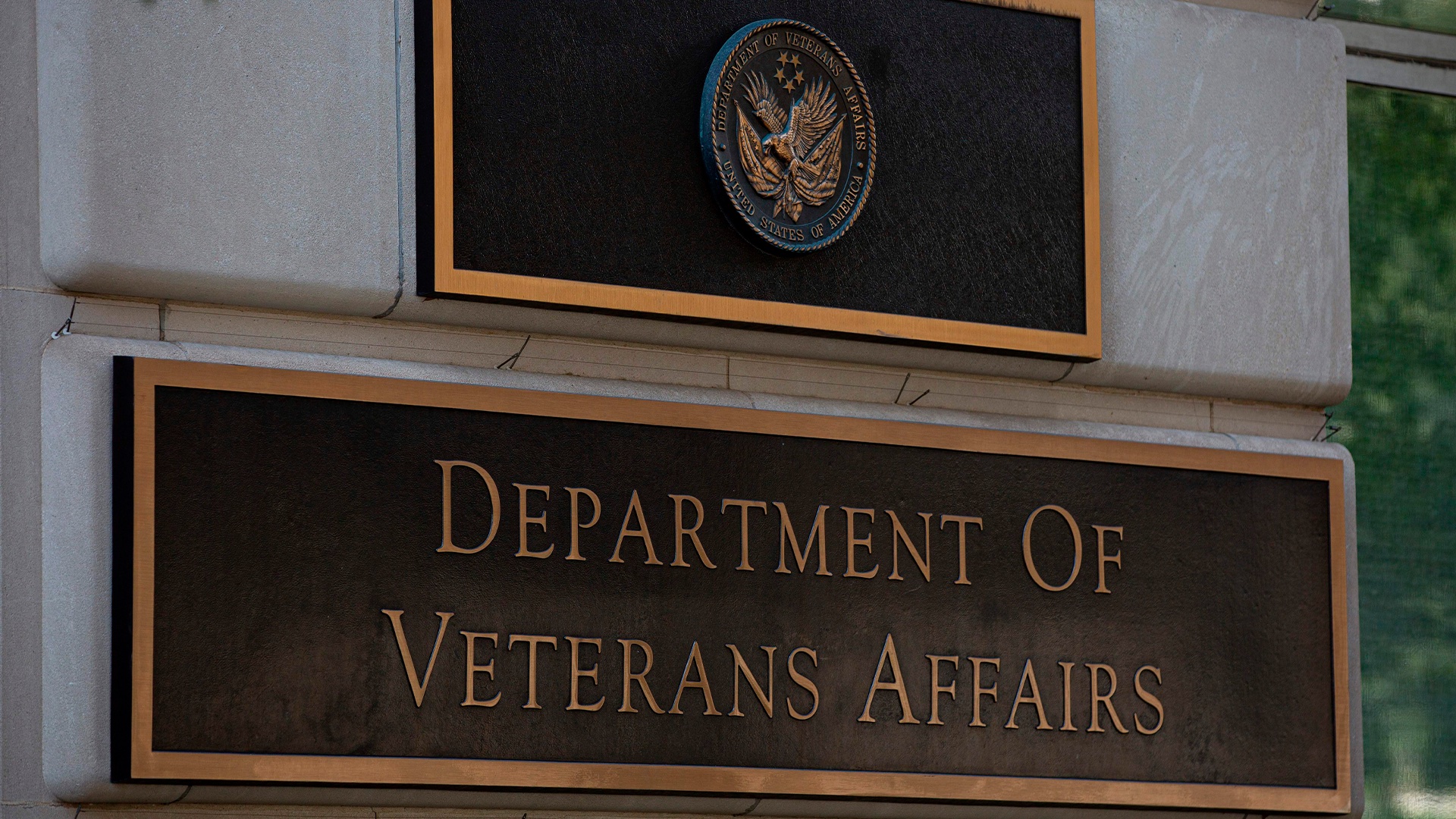

Despite the rising tide of opioid overdoses across the United States, the VA isn’t doing enough to identify and monitor signs of opioid addiction in U.S. service members as they transition out of the military, according to a new report.
The June 21 report from the Department of Veterans Affairs Inspector General Office found that healthcare providers from the VA often overlook signs of opioid use disorder (OUD), a misstep that can “place patients at risk for adverse outcomes, such as overdose” and leave them at further risk as they transition out of the military and into the VA healthcare system.
From 2010 to 2019, the drug overdose mortality rate of military veterans increased by 53%, according to a 2022 study published in the Annals of Medicine Journal. As the VA OIG report notes, military veterans were twice as likely as non-veterans to die from accidental drug overdoses.
Subscribe to Task & Purpose Today. Get the latest military news and culture in your inbox daily.
As part of the study, researchers looked at 1,783 service members discharged between October 1, 2016, and September 30, 2019, all of whom had an OUD diagnosis in their Defense Department medical records. Out of that population, 421 people had an OUD diagnosis in their VA records.
The study examined two distinct groups of patients. Patient Group 1 was composed of 1,362 people whose VA medical data did not contain an OUD diagnosis. Patient Group 2 was made up of 45 individuals who passed away at some point between their discharge and July 4, 2021.
The report found that just 19% of the Patient Group 1 population had opioid use noted on their initial VA medical screening documents. No one from Patient Group 1 had OUD documented in their “problem list,” a database used by the VA to track ongoing health concerns, while just 45% of Patient Group 2 had this noted.
From the second population, a review of medical records determined that 20 of these former service members had died from opioid-related deaths.
“The OIG found a deficiency in [Veterans Health Administration] primary care and mental health providers’ documentation identifying OUD in encounters, progress notes, and problem lists for both study groups reviewed,” reads the conclusion of the report.
In other words, few U.S. service members entering the VA healthcare system had their OUD diagnosis tracked, even if it was explicitly mentioned in their DoD medical records.
“Failure to identify and document a patient’s known OUD history may decrease the likelihood of future providers using this medically relevant information in clinical decision making and place patients at risk for adverse outcomes, such as overdose,” according to the report.
The study also found that those former U.S. service members most at risk for opioid abuse were often prescribed those very drugs, even if it had been noted in their DoD medical documents.
“The OIG found VHA providers offered substance use disorder treatment or medication-assisted treatment to 80 percent of patients with an identified DoD OUD diagnosis in Patient Group 2 who died from an opioid-related overdose,” reads the report.
U.S. service members are almost inevitably injured in the line of duty, and as a result, they are often prescribed medication. As far back as the Civil War, there are stories of soldiers becoming addicted to drugs like morphine after first receiving it as treatment. This trend, sometimes referred to as “soldier’s disease” continued well into the 20th century.
While drug overdose deaths have skyrocketed in the past decade, the population of veterans has been prescribed powerful opioids at lower rates since 2017, according to the Journal of the American Medical Association.
To that end, the VA is also working to improve access to medications designed to treat opioid use disorder, as well as the distribution of Naloxone, which is used to treat narcotic overdoses, according to VA spokesperson Terrence Hayes.
“[The] VA remains committed to ensuring service members transitioning back to civilian life deserve the very best care our nation can provide,” Hayes told Task & Purpose. “We are implementing new strategies, to include improving our information systems to identify service members diagnosed with opioid use disorder in the Department of Defense.”
The latest on Task & Purpose
- The Navy is offering up to $75,000 in enlistment bonuses to get more sailors
- No, military helicopters are not invading California
- No ‘golden hour’? How Army medicine is changing for the next war
- Army fires former 5th SFAB commander following investigation
- Russia’s antique tanks are finding a second life as VBIEDs